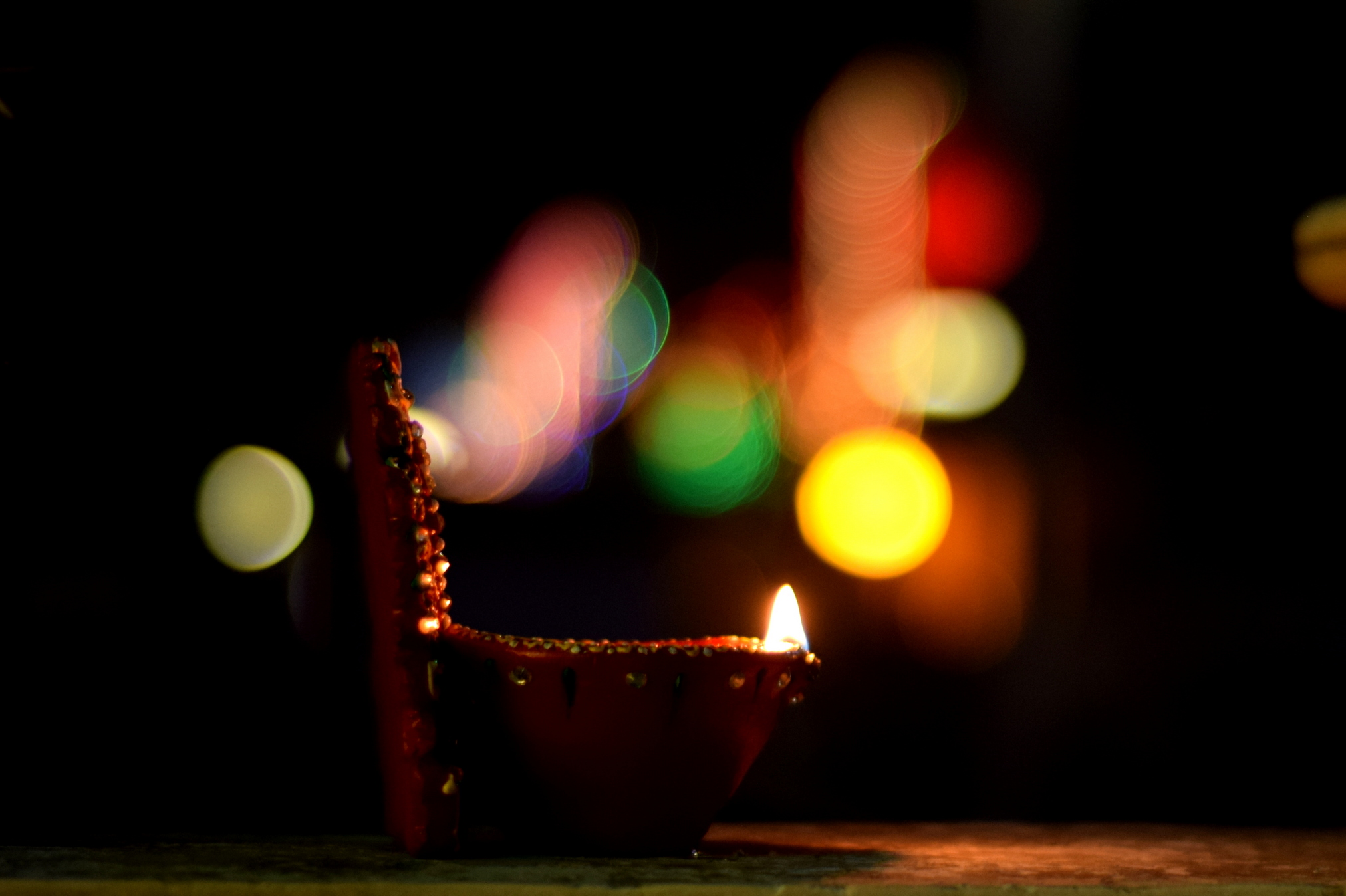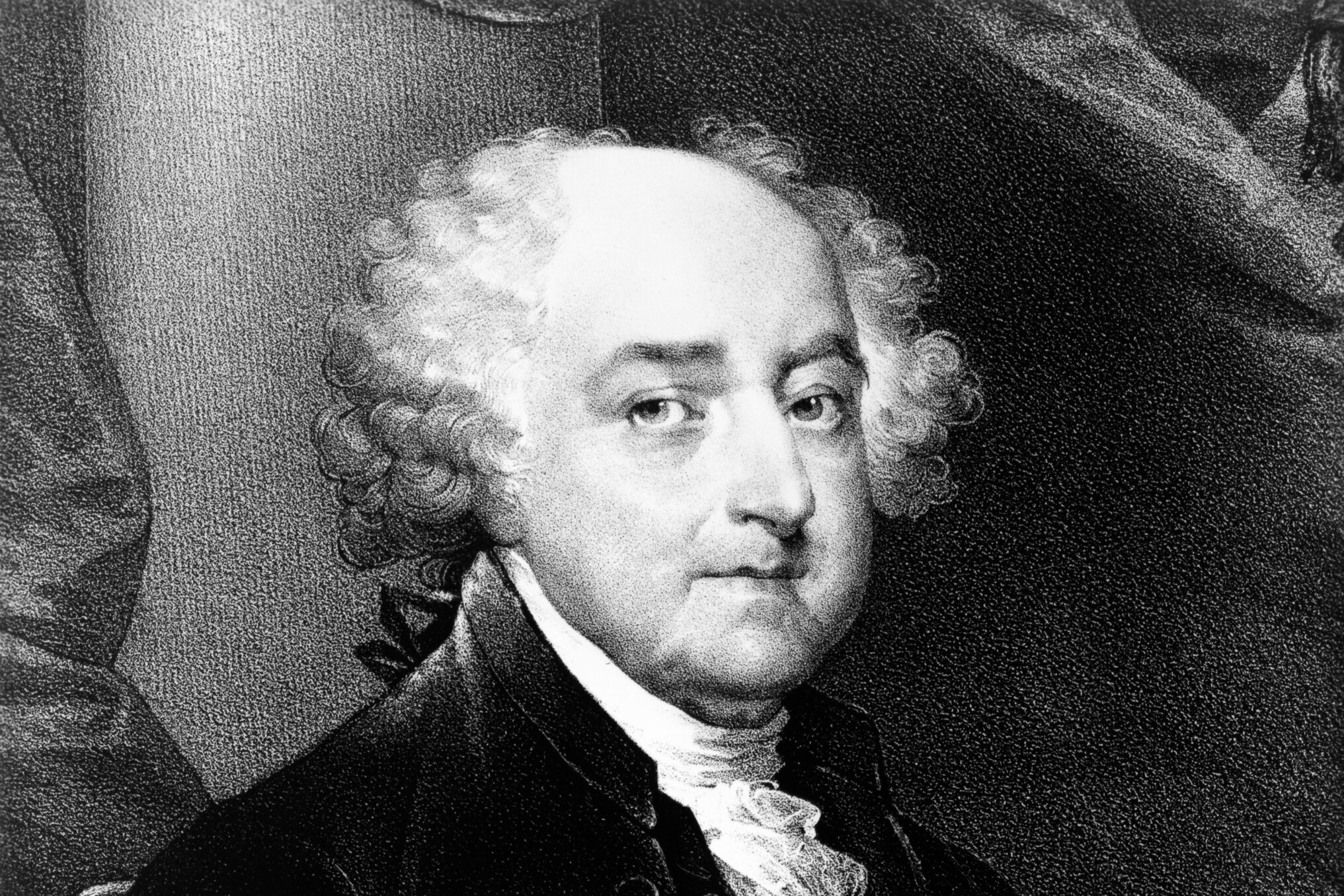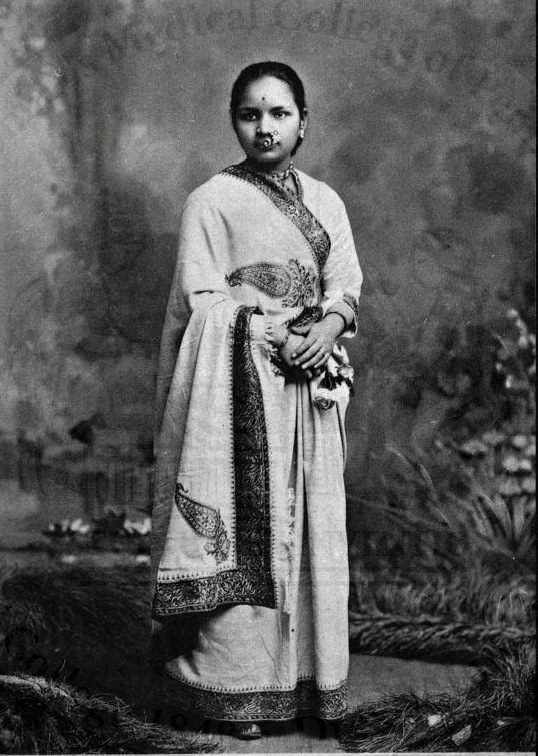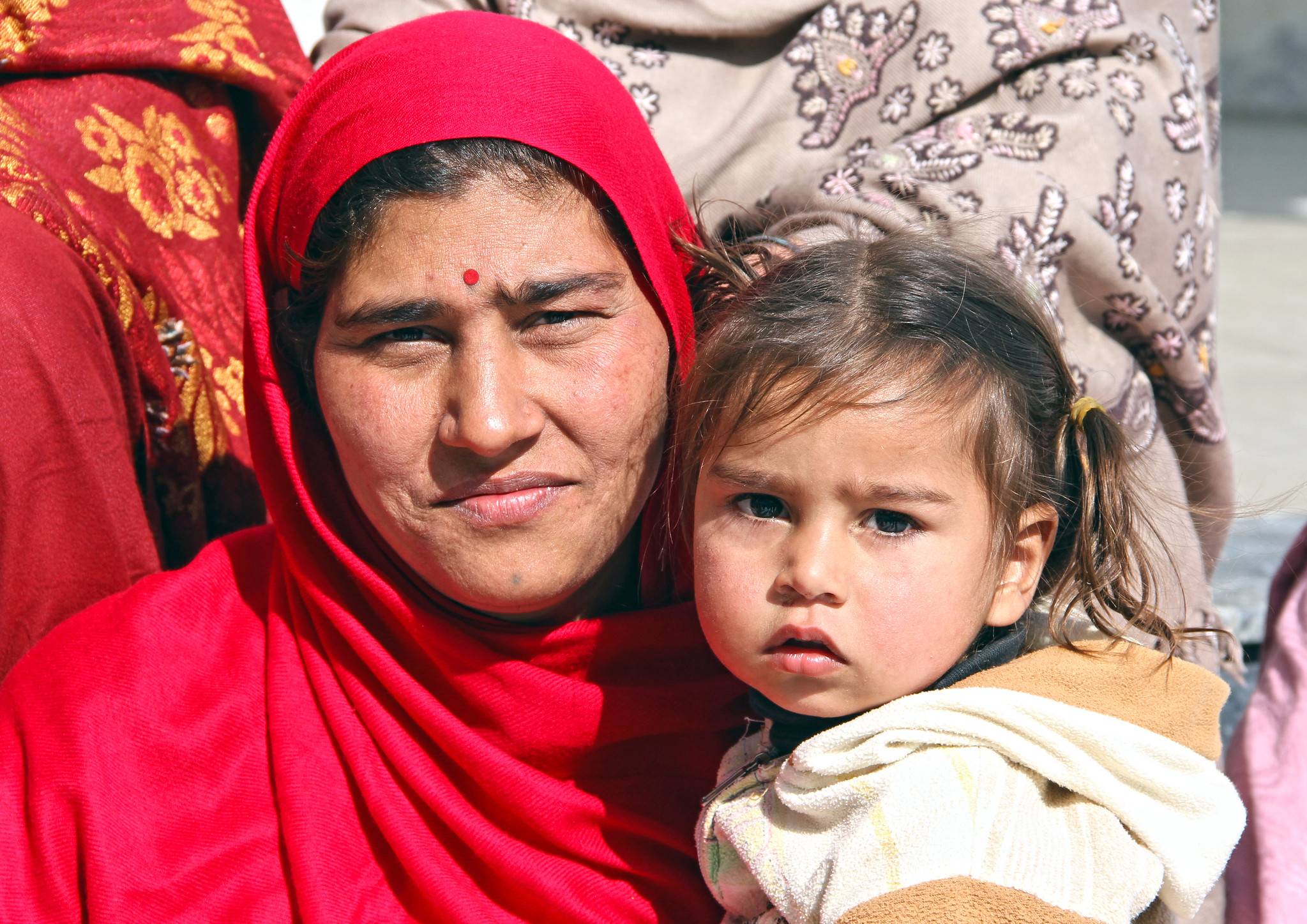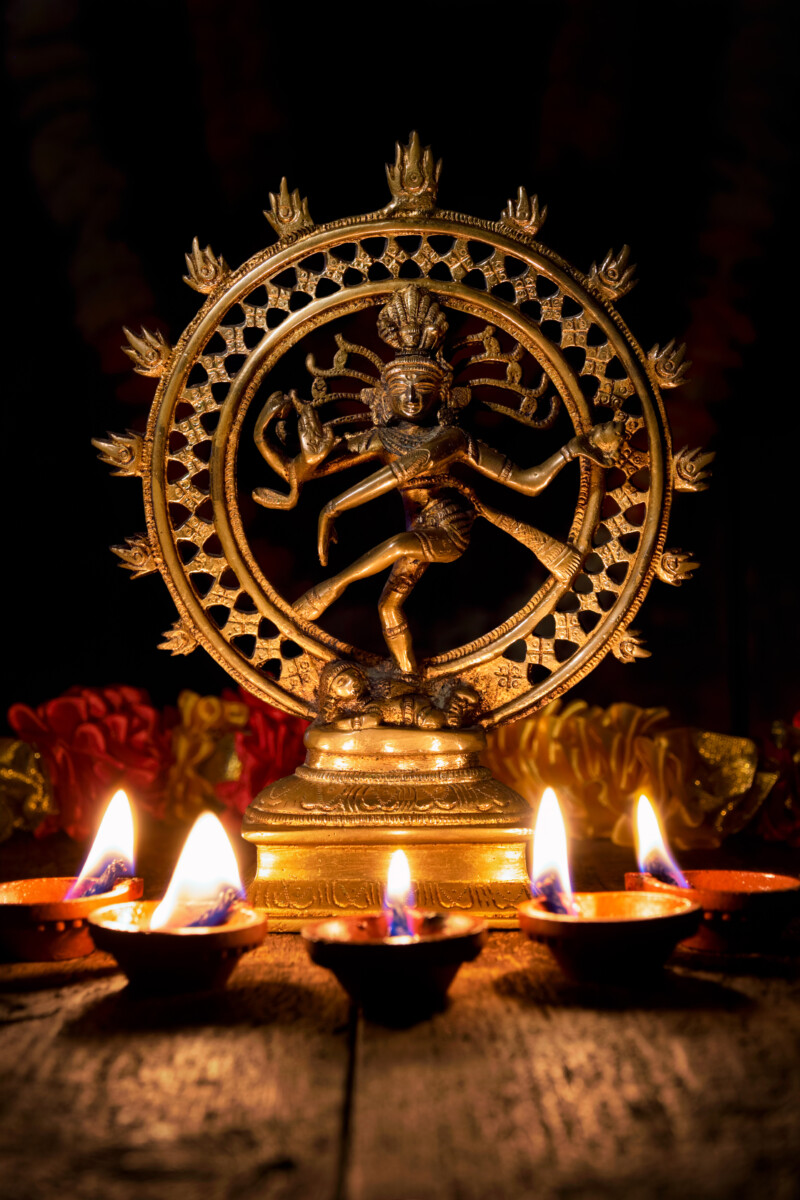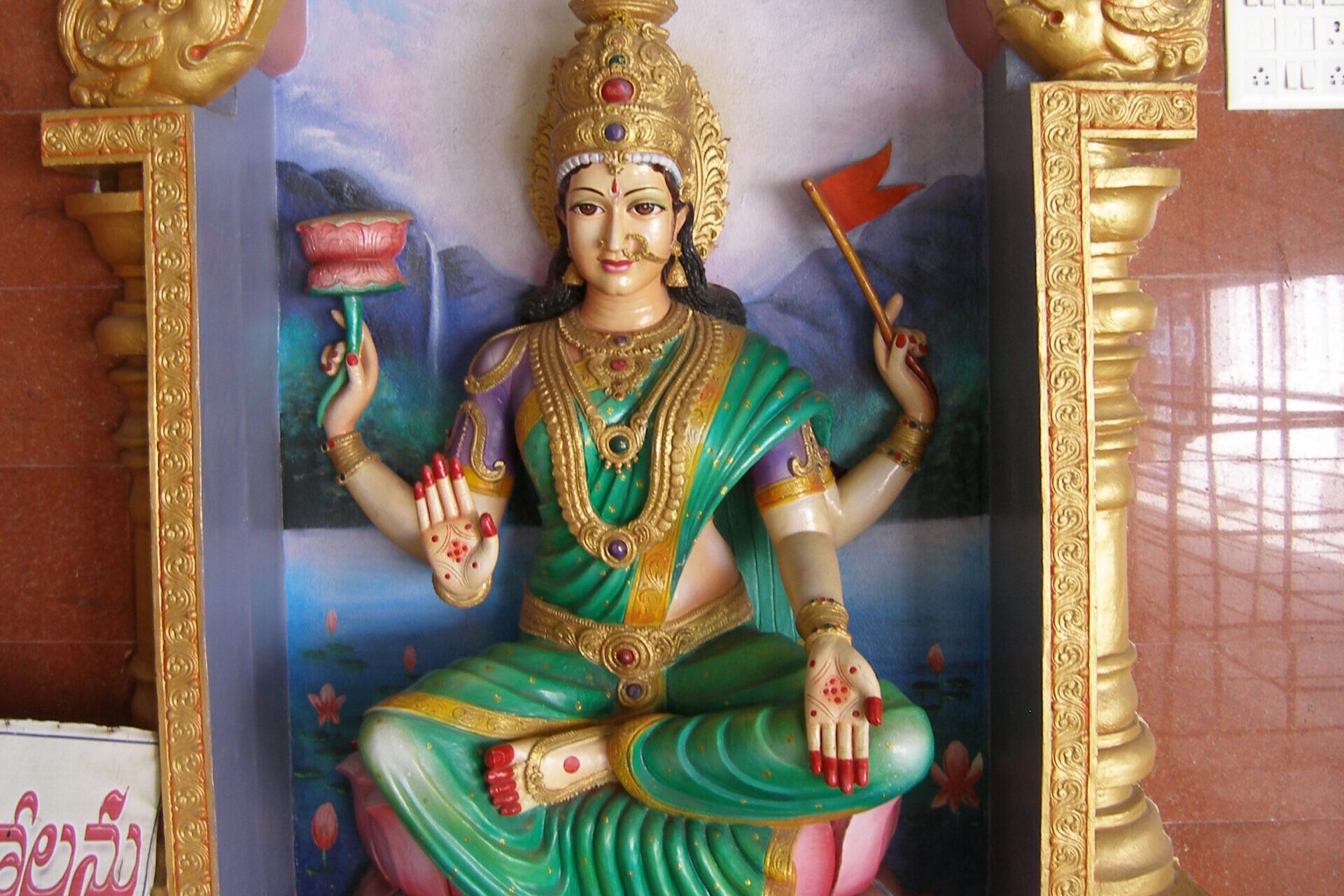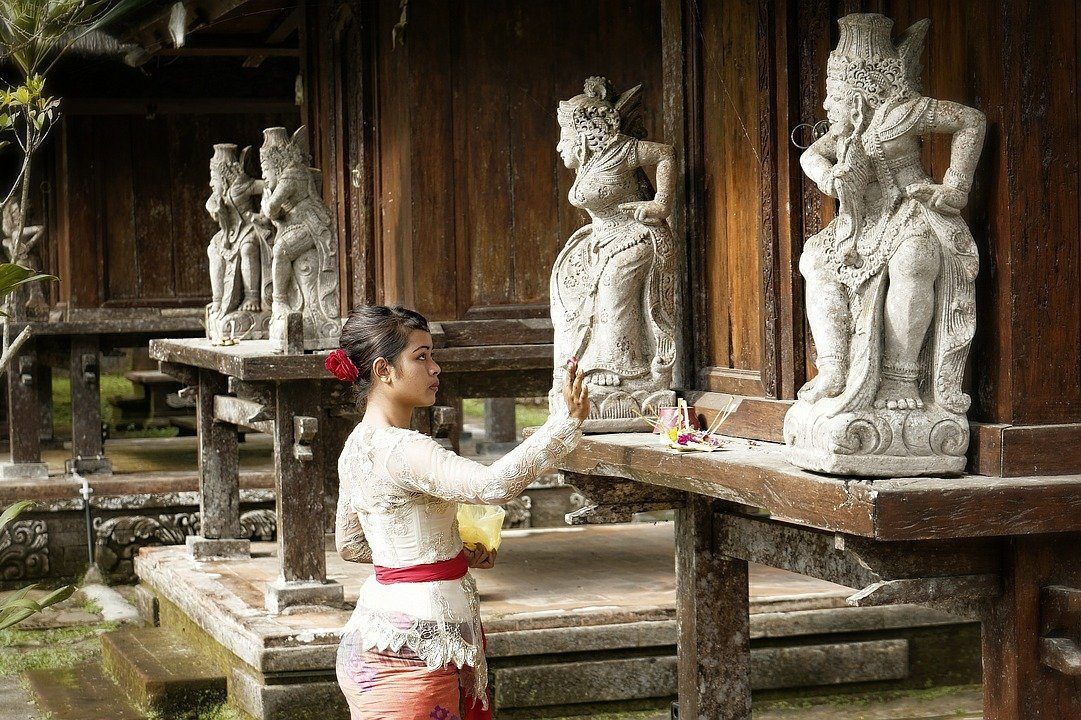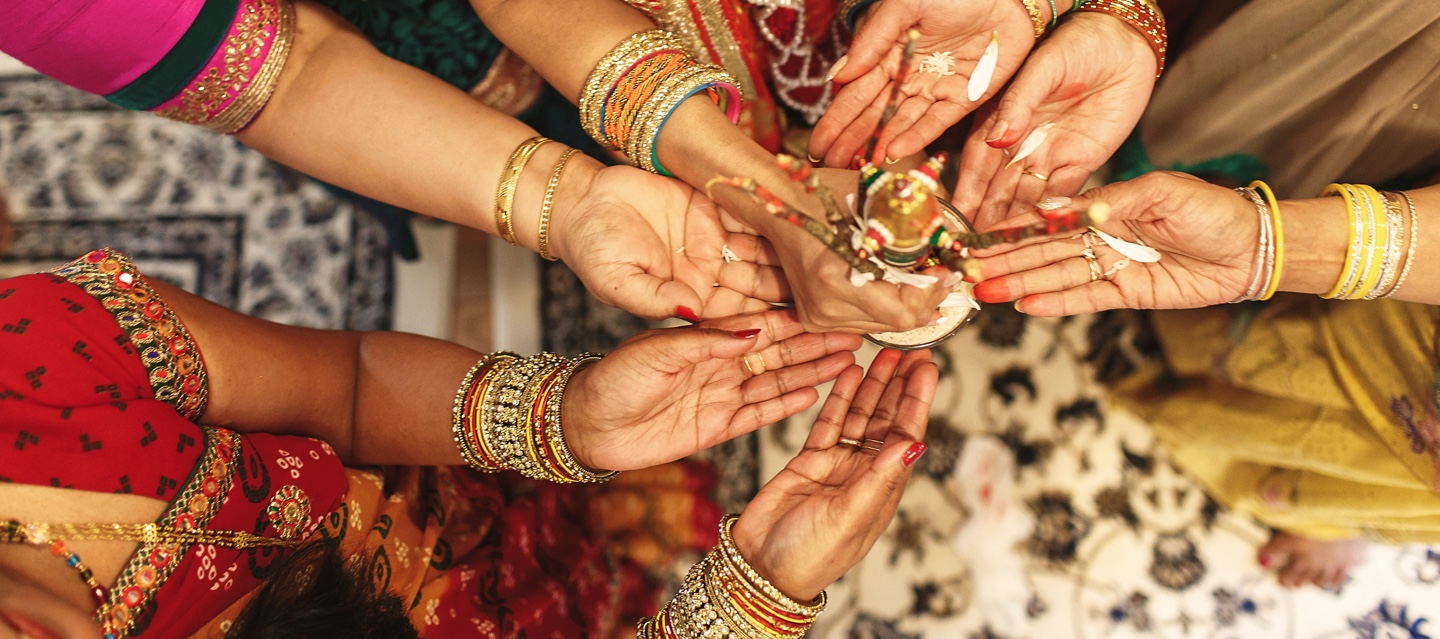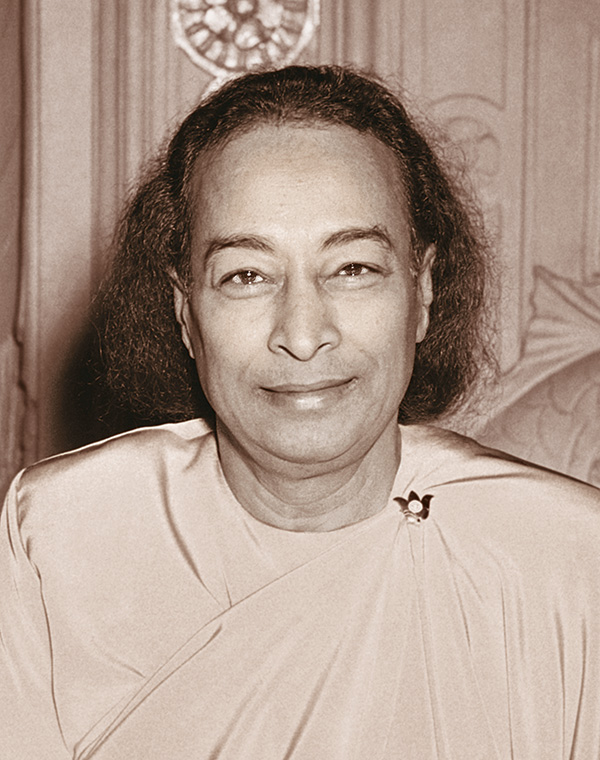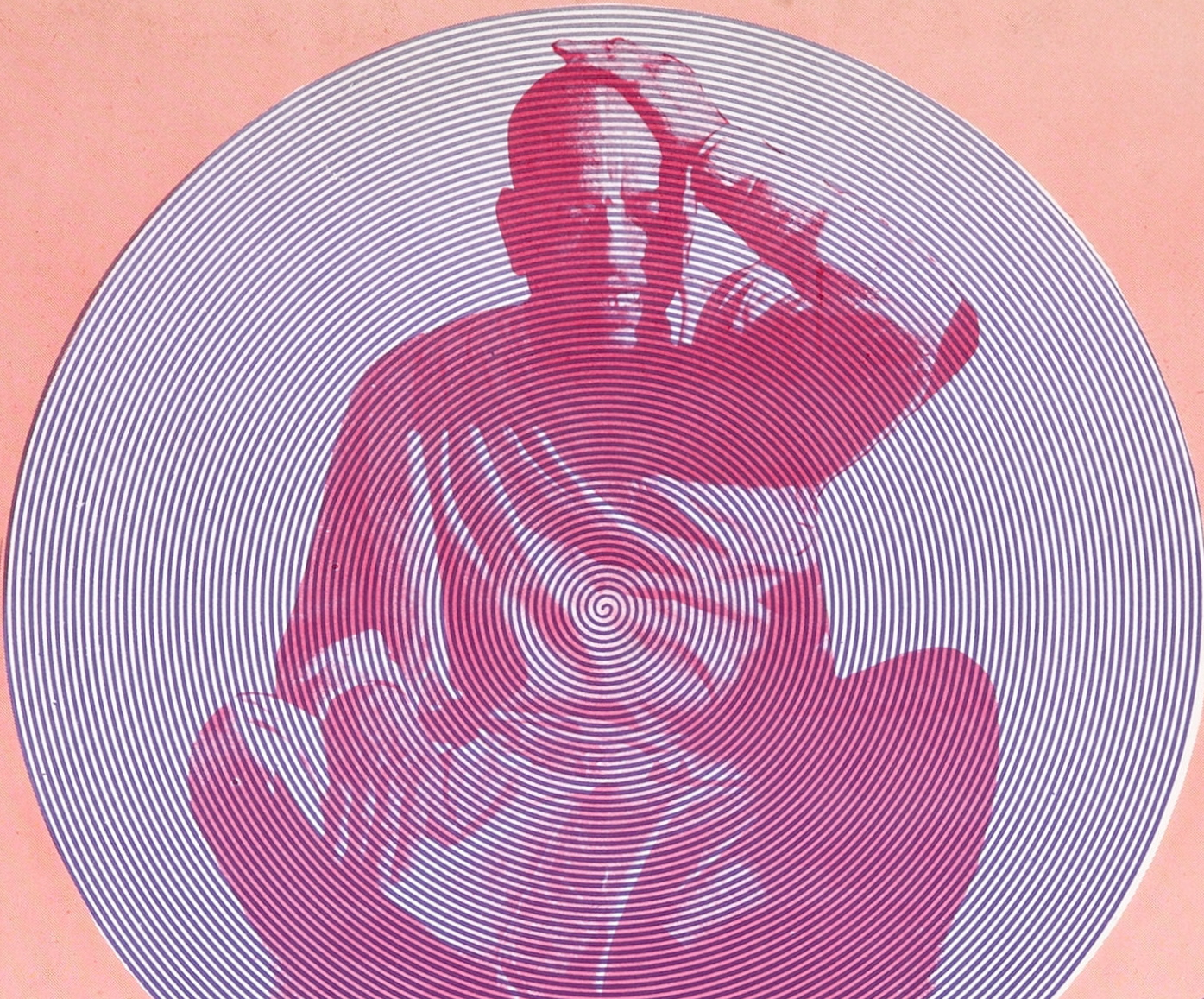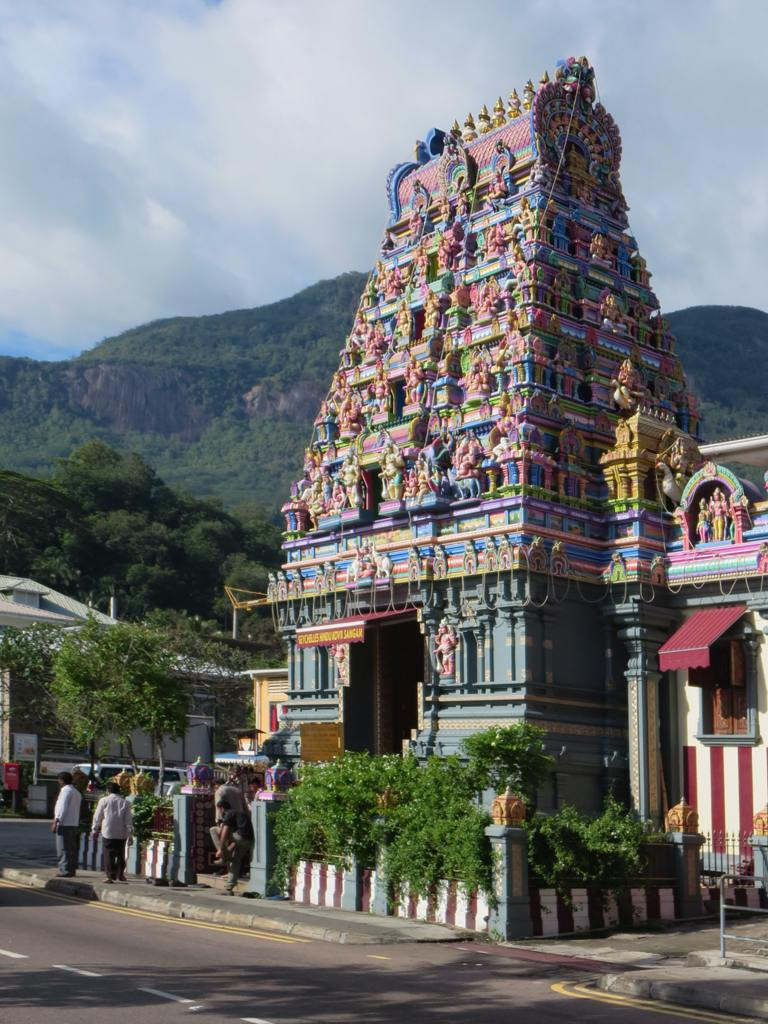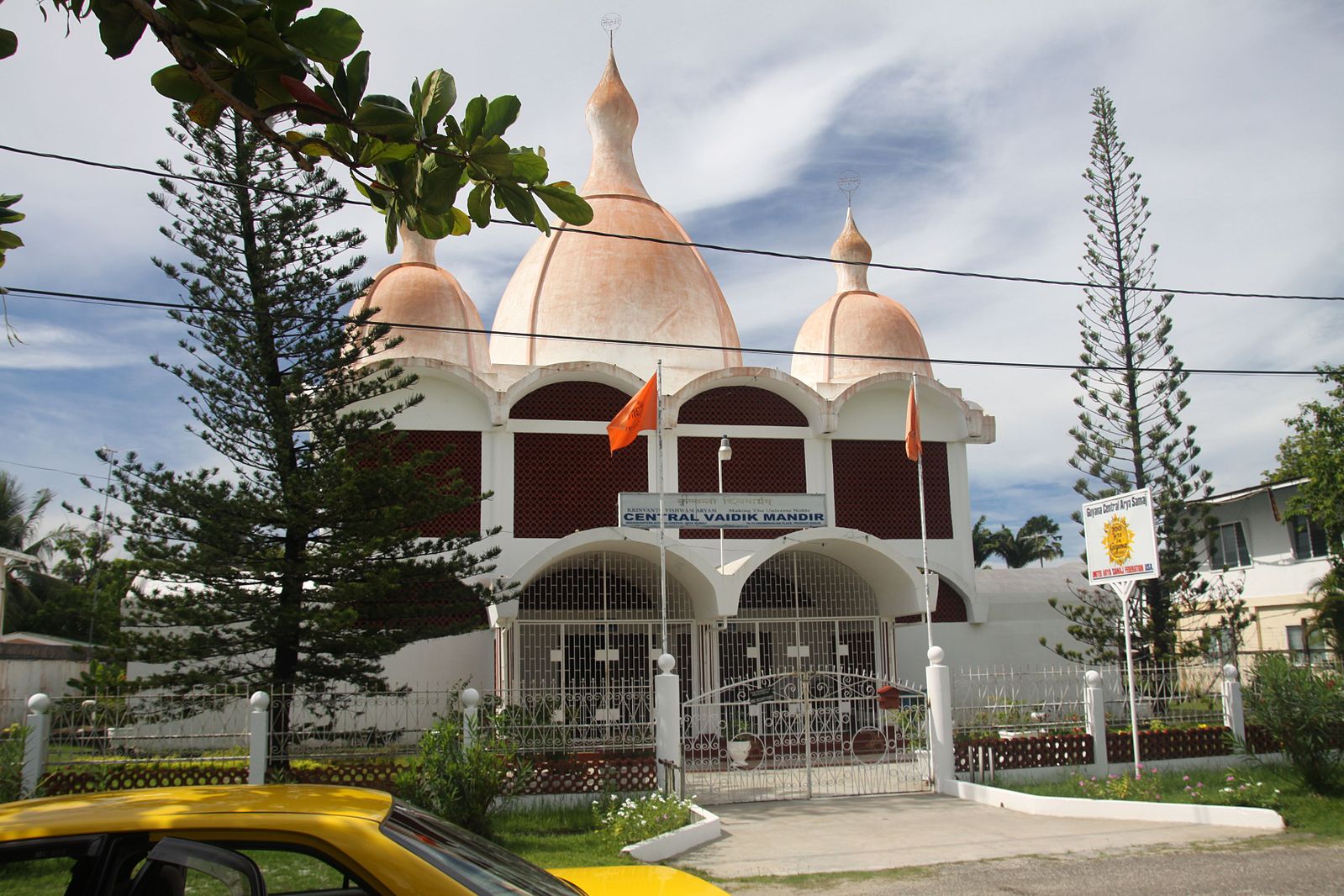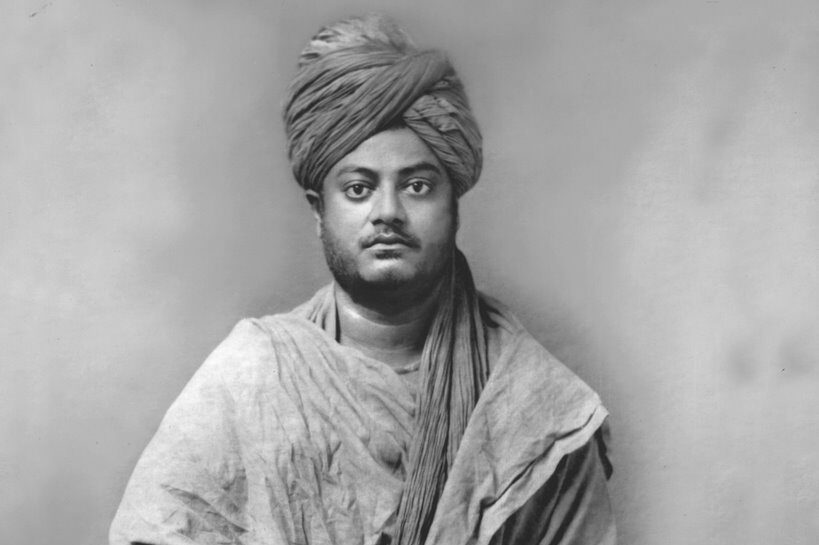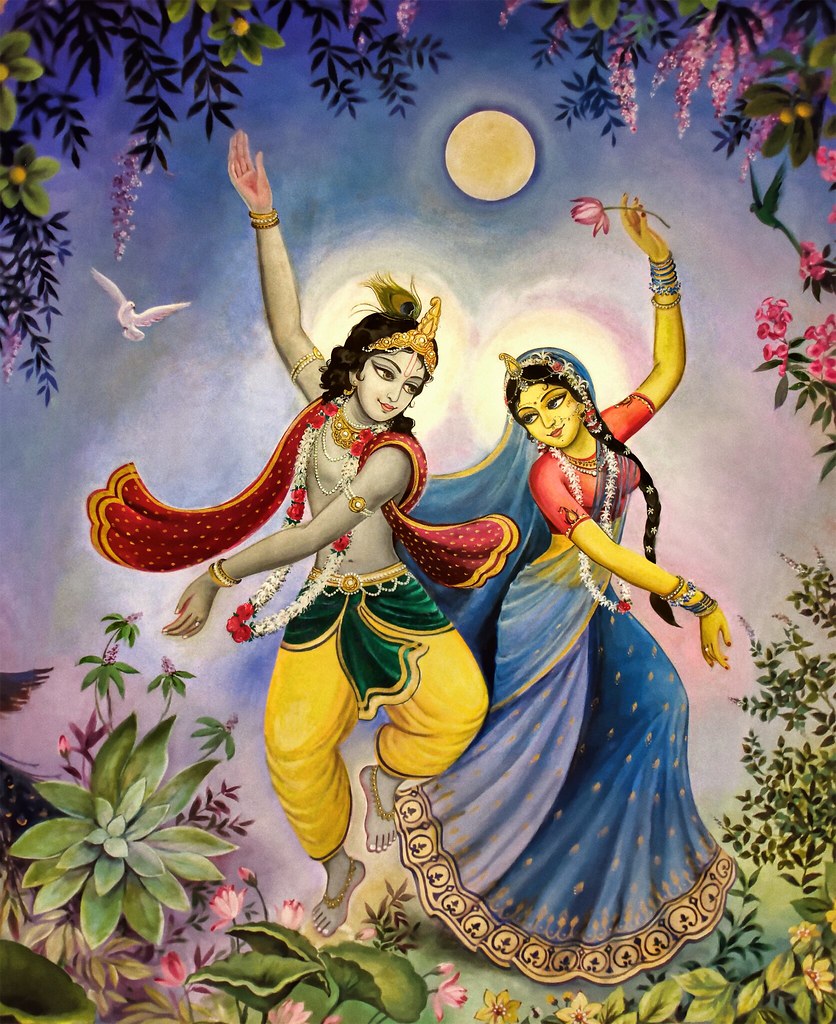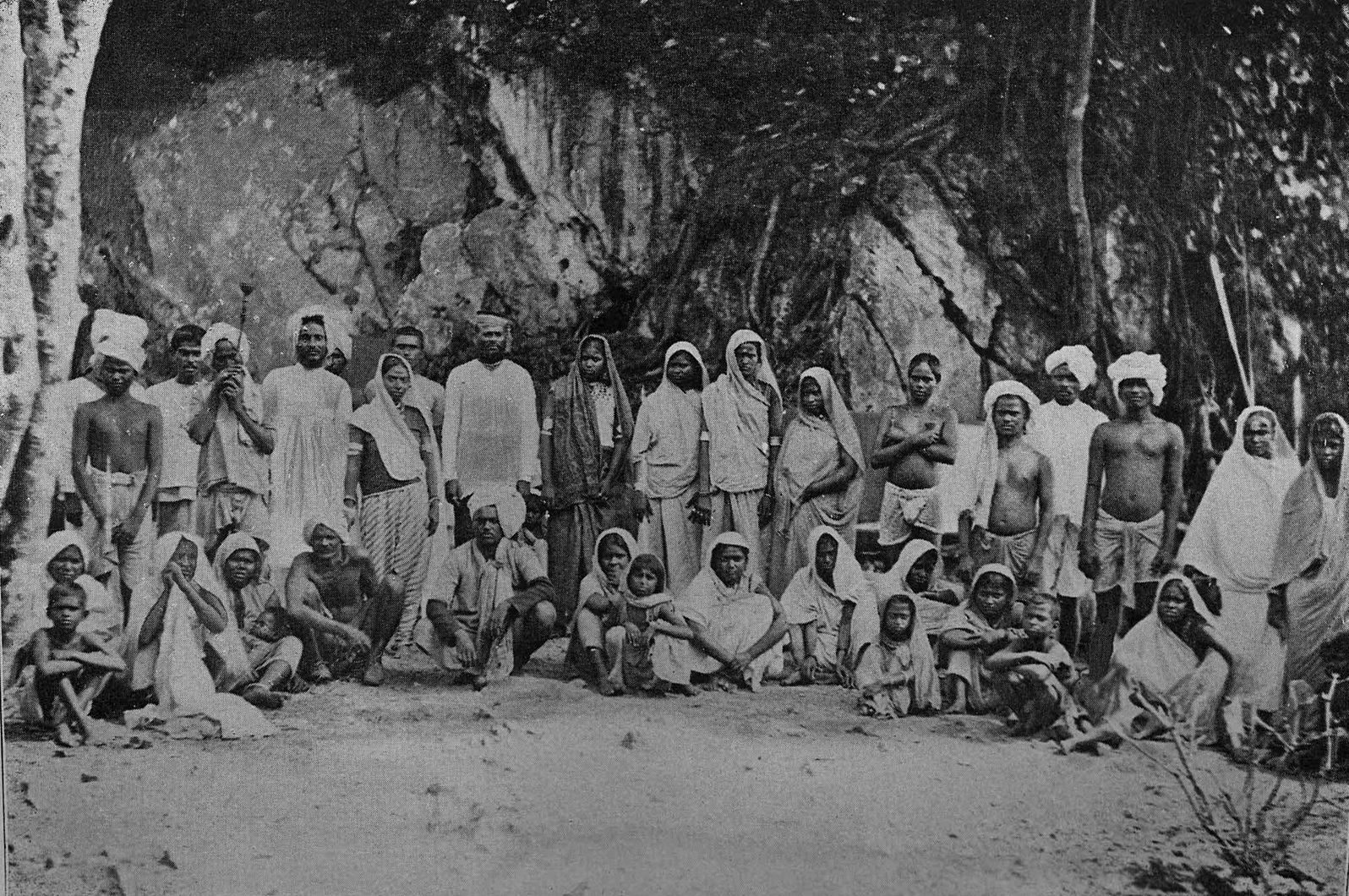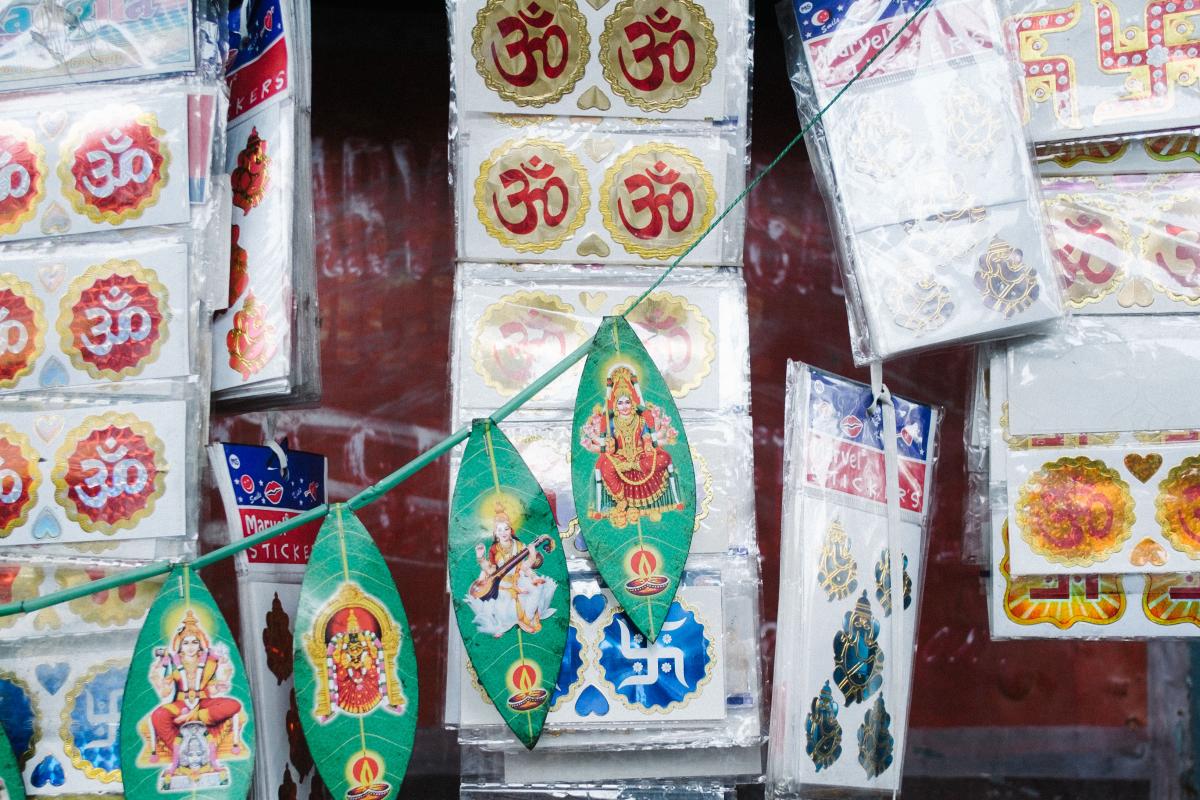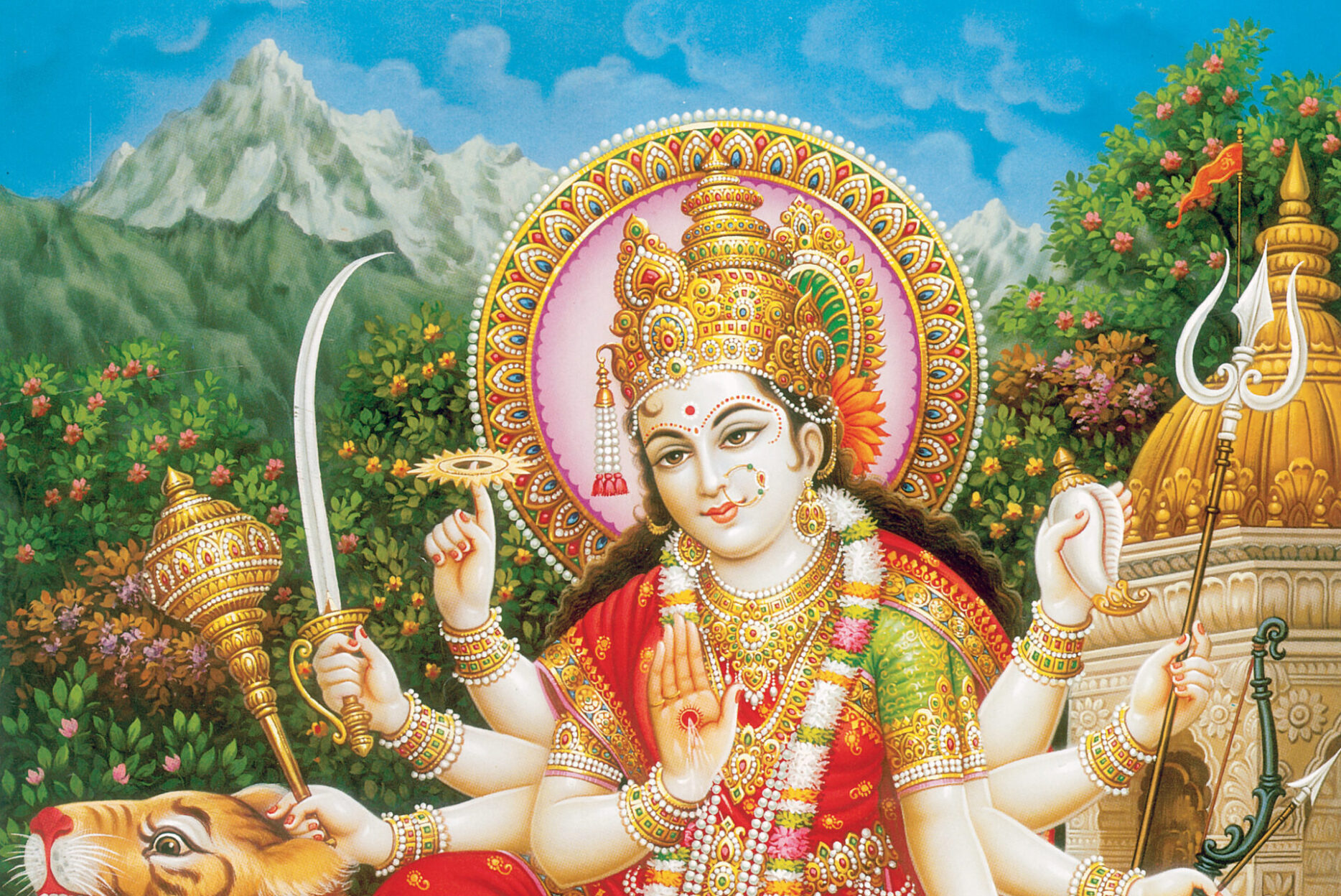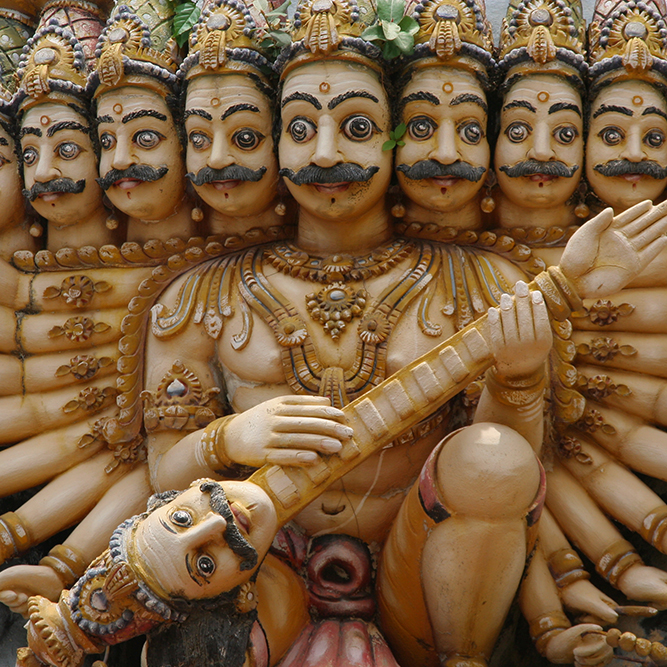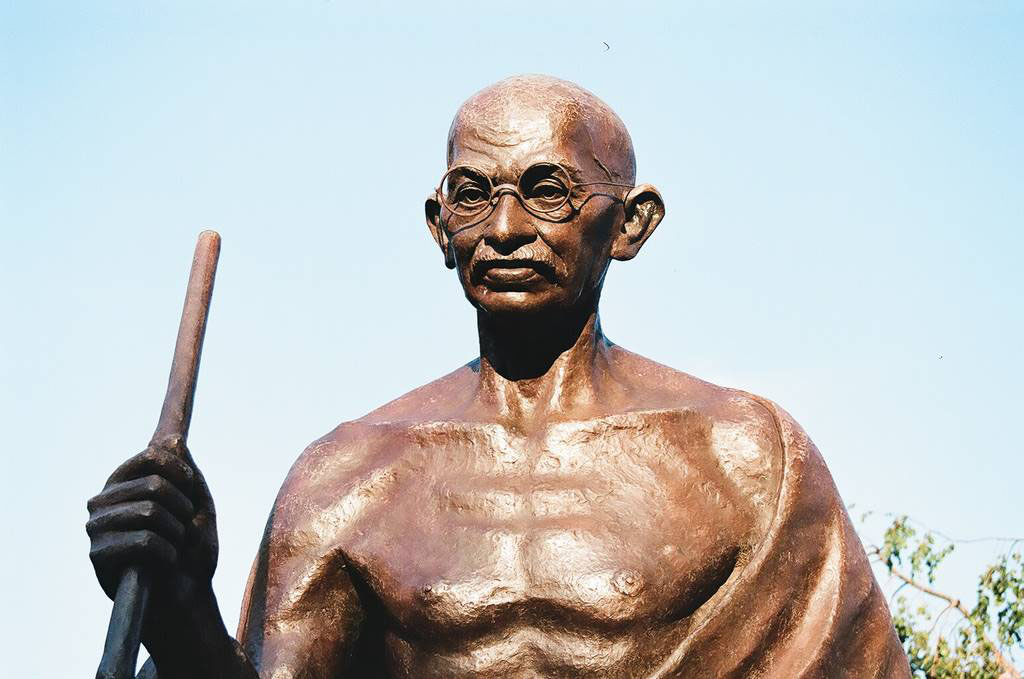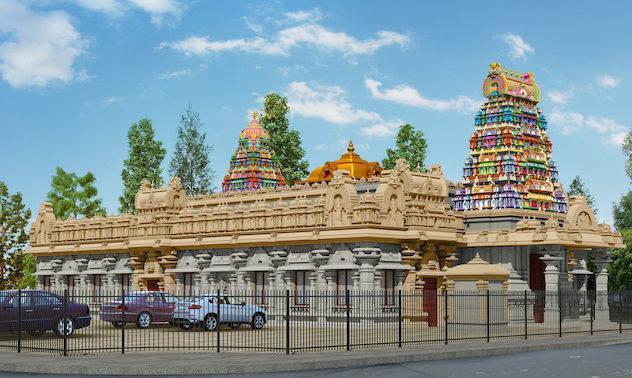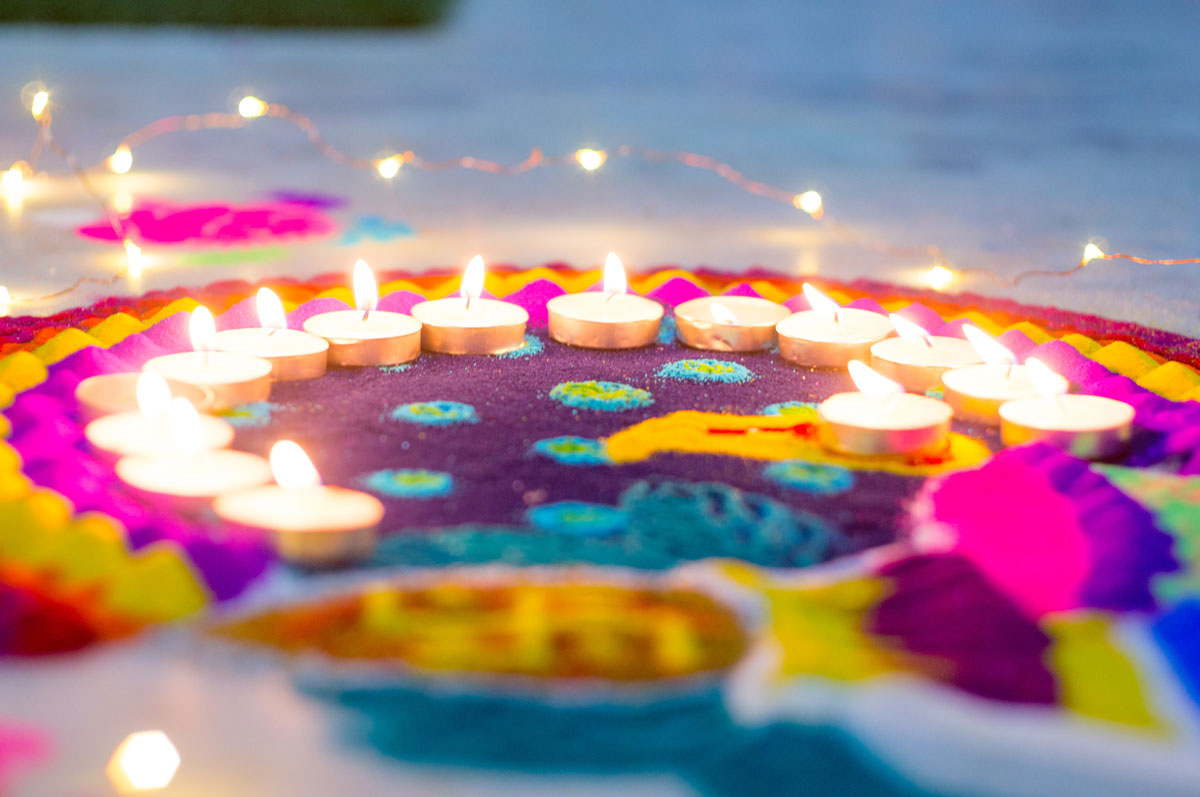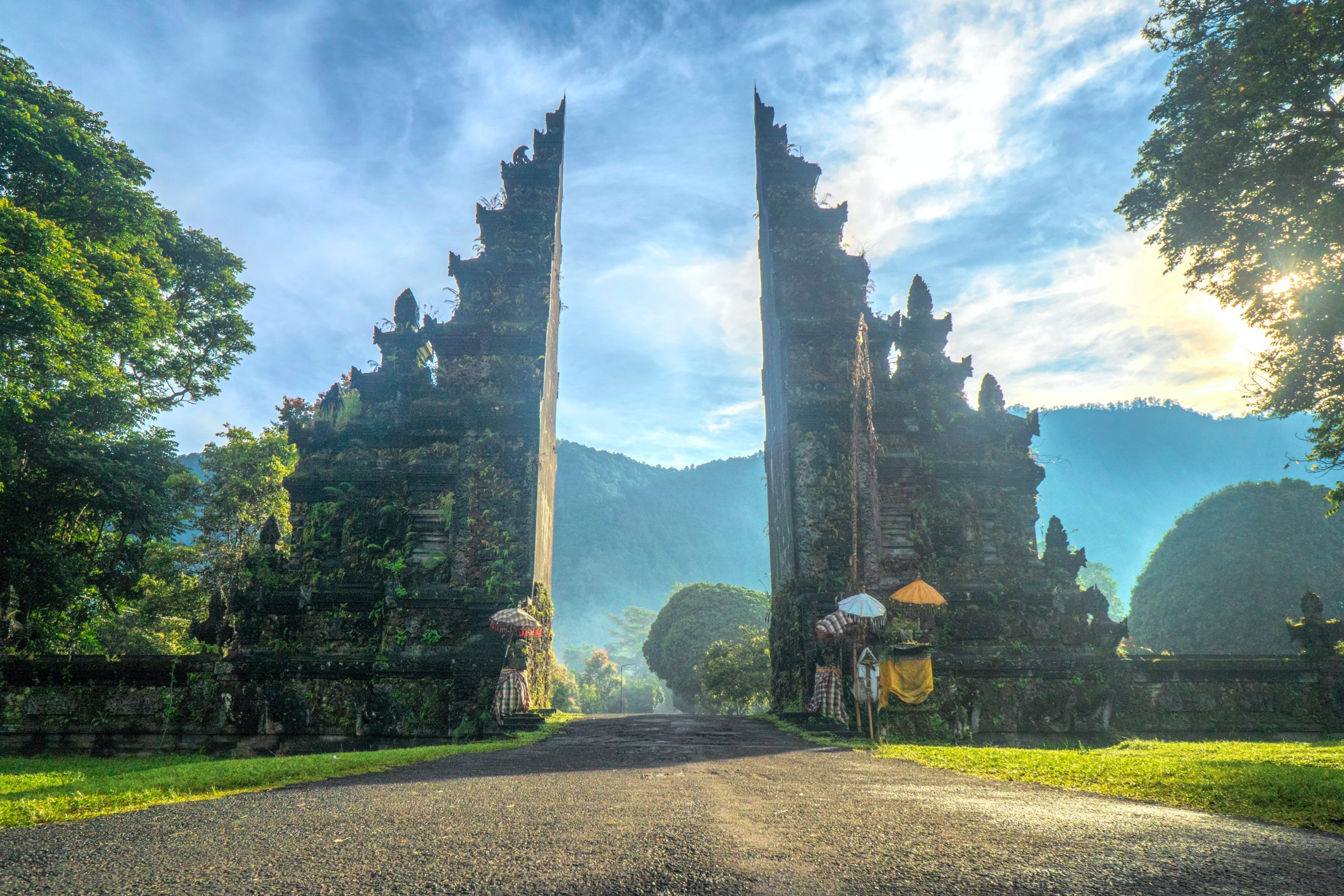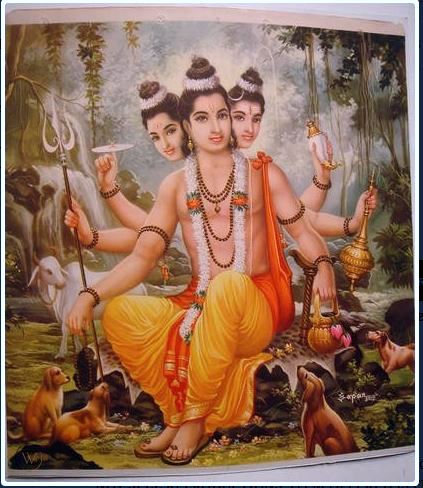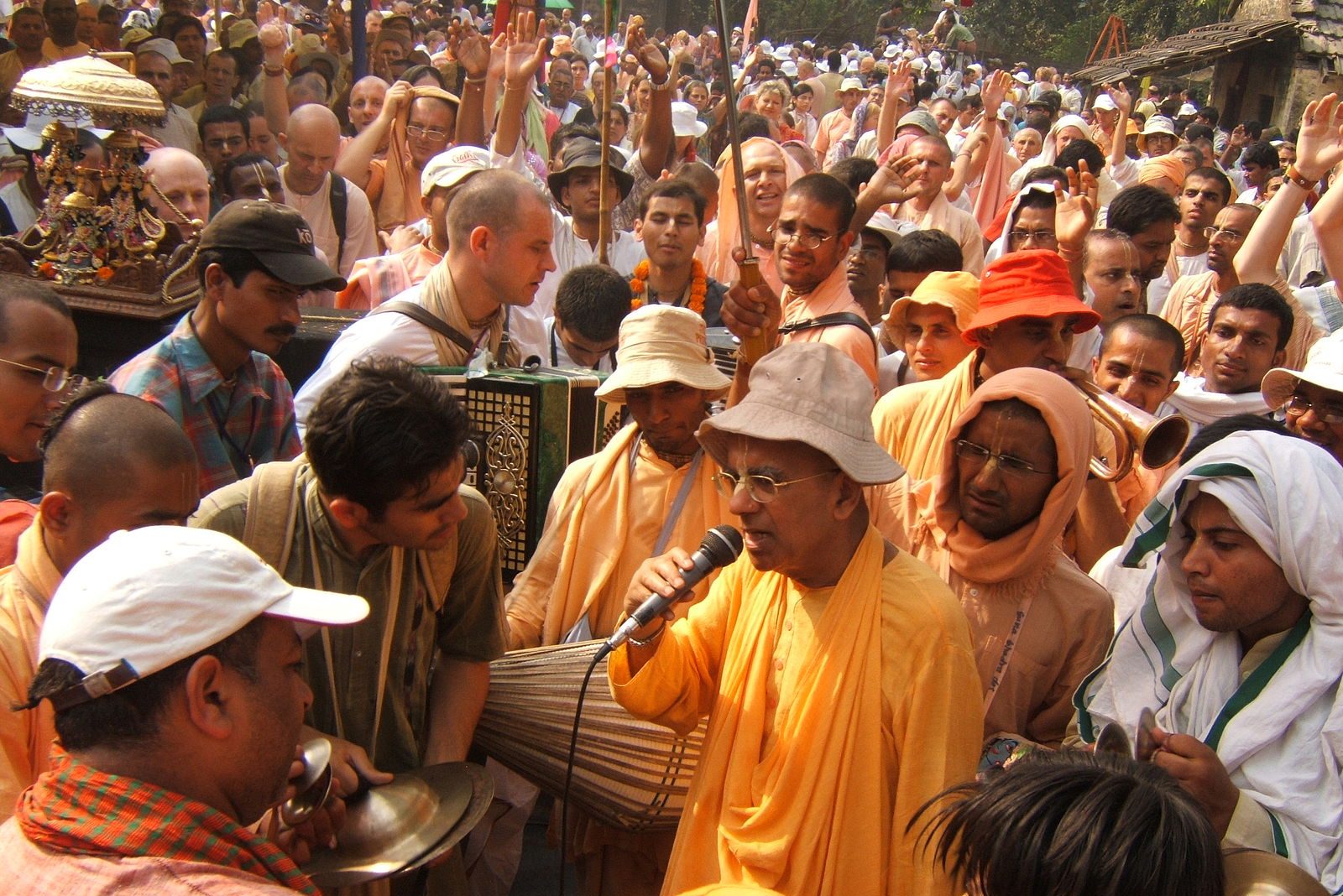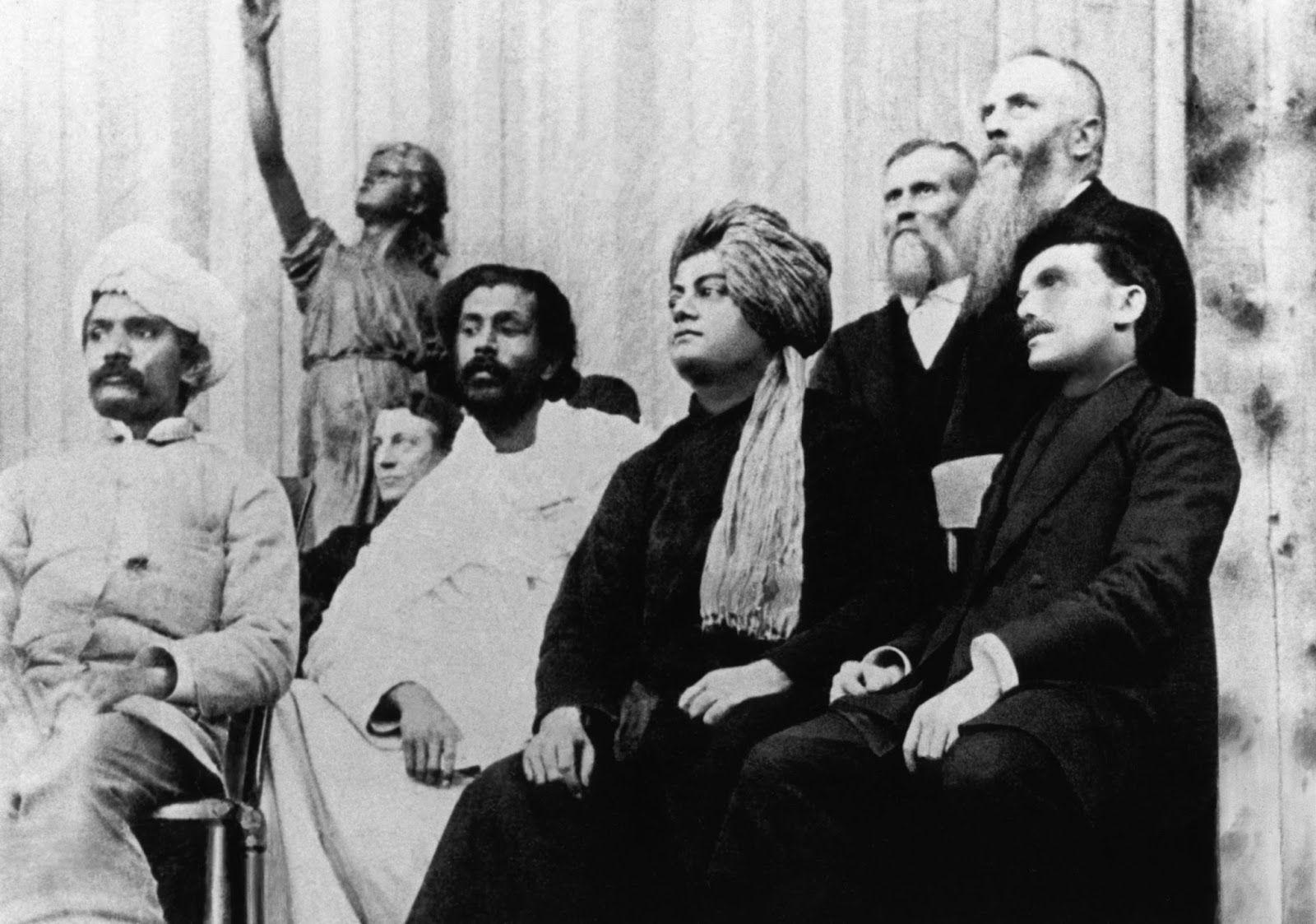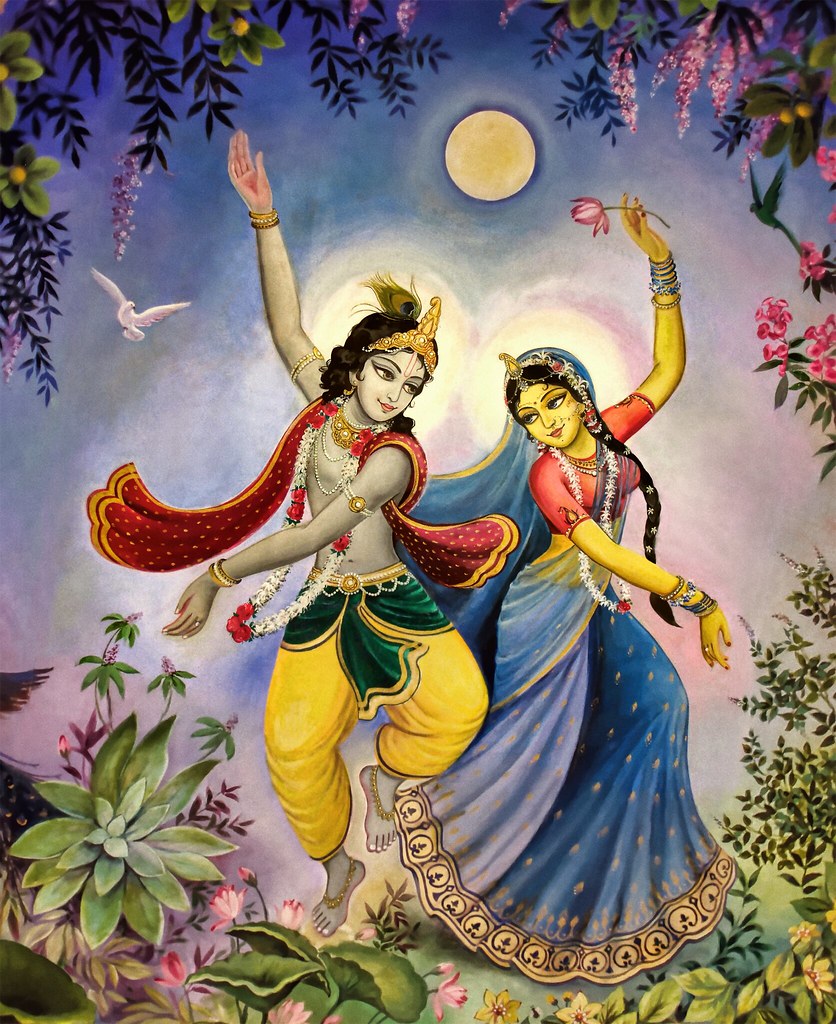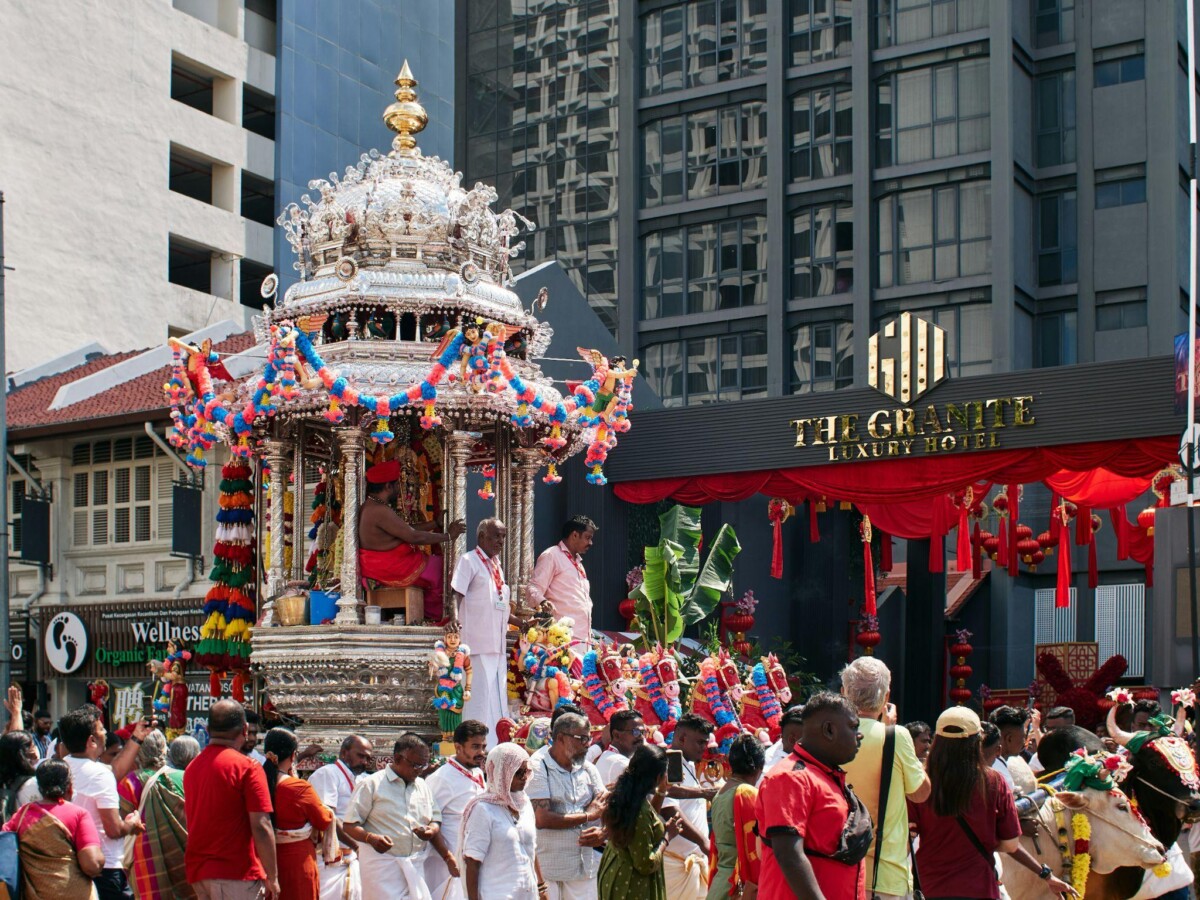

Throngs of devotees fill the streets during a sacred Thaipusam procession, trekking towards the Batu Caves with love, faith, and honor.
1) The festival originated in Tamil Nadu
To the casual observer, India’s different winter festivals probably seem pretty similar.
Taking place early in the year, amidst increasing daylight following the solstice, they’re often associated with the same ethos of spiritual renewal, centered around gratitude, community, and the victory of good over evil.
But don’t let this fool you.
Diverse as the Hindu Dharmas are, each of its celebrations — despite the universal themes many of them touch on — has something unique to offer, and Thaipusam is no exception. Born out of Tamil Nadu, whose people have endured centuries of oppression, including colonial exploitation, ethnic discrimination, economic marginalization, religious persecution, and displacement from war, the festival is more than just an occasion for jubilation. Shaped by the hardships of their past, followers embrace penance and austerity, not as somber acts, but as expressions of faith and dedication.
Observed under the full moon in the regional month of Thai (January-February), the day is a reminder of how the brightest lights shine during the darkest and coldest of hours. How, through resilience and perseverance, the hardest of times can often lead to the purest and deepest of devotions.
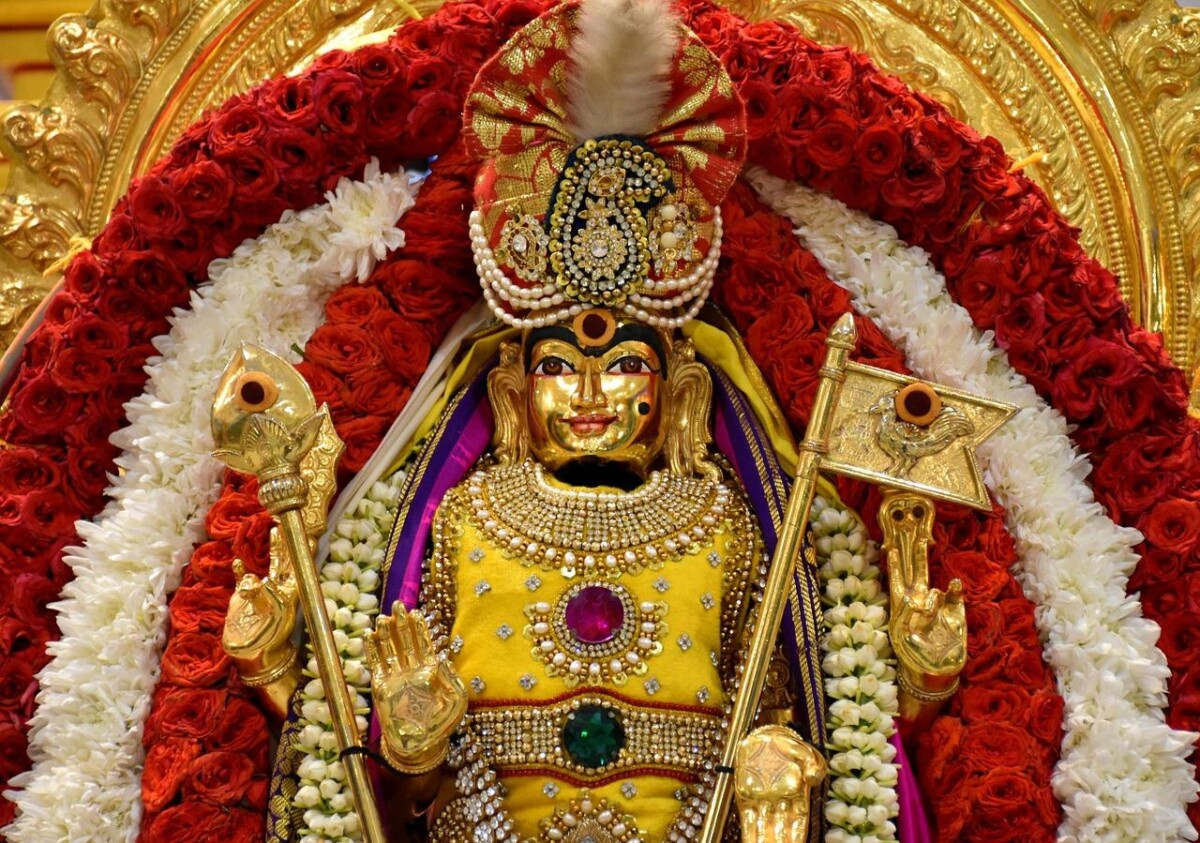
Revered as the “master of war,” the icon of Murugan stands in all his splendor, bestowing blessing upon all who approach him.
2) It commemorates the victory of Murugan over Surapadman
Generally speaking, there are two narratives at the heart of Thaipusam, both of which center around Murugan, the native icon of the Tamil people.
Once, as the first story goes (told in varying detail, depending on the source), there was a tyrant named Surapadman who, through the practice of severe penance, achieved a boon that made him almost invincible. Driven by arrogance, after attaining the newly acquired strength, he, along with his brothers, Simhamukha and Tarakasura, wreaked havoc on the universe, leaving destruction and despair in their wake. Try as they might, even the devas (illumined beings) couldn’t stand against his power. Desperate, therefore, for help, they sought refuge in Shiva (the universal transformer), pleading for his intervention.
Moved by their plight, Shiva decided to beget an extraordinary warrior especially meant for Surapadman’s wrecking, and so emitted six fiery sparks without hesitation. Carried thereafter by the river Ganga to a sacred lake known as Saravana Pogai, they were then divided amongst six lotus flowers, from which they were nurtured into six divine children.
Upon seeing the children, Shiva’s consort, Parvati, lovingly embraced them, merging all into one radiant boy of six faces. As these faces respectively corresponded to the mind and five senses, he possessed an acute sense of awareness, making him innately equipped for war. Still, when he grew into maturation and the day came for him to face Sarupadman, Parvati wanted to make sure he was as prepared as possible. Before his departure, she thus armed him with the Vel, a celestial spear imbued with the ability to dispel ignorance and destroy the darkness of corruption.
The battle with the opposing army was intense and lasted several days, but in due course, Murugan proved unassailable. Vanquishing one foe after the next, including Simhamukha and Tarakasura, he soon made his way to Surapadman, who employed the use of various weapons and techniques. Realizing, however, he too was no match for the divine warrior, Surapadman eventually changed into a mango tree in a last ditch effort to evade him. Of course, Murugan saw through the trickery, and with a swift strike of the Vel, split the tree in two, cementing the enemy’s defeat.
Yet, rather than die in the literal sense, Surapadman, it’s said, experienced the death of
his pride and ego, transforming him into a peacock of humility and rooster of selflessness. Seeing them emerge from the cleaved remains, Murugan, pleased by the metamorphosis, exhibited forgiveness and took the two into his company, accepting the first as his vahana (vehicle) and the second as his emblem.
Once a harbinger of devastation, Surapadman now served as instruments in Murugan’s mission of peace and restoration, and this, at its core, is what Thaipusam is all about. That no matter how misguided, arrogant, and cruel we are, redemption is always available to us. Even if it takes the sharper touch of Divinity’s compassion to help make it happen.
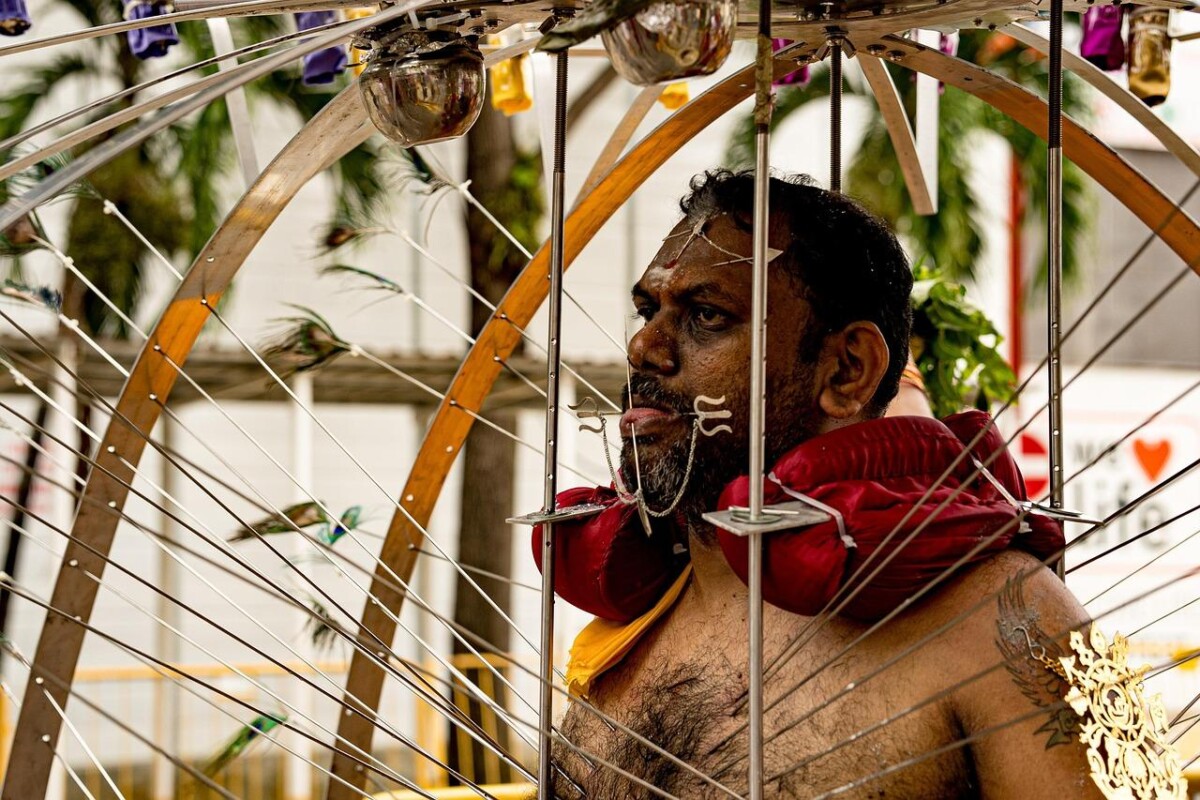
Pierced by the many spikes of kavadi, a Thaipusam observer stands during the festival, driven by the power of his unwavering devotion.
3) It’s observed through the practice of ceremonial burdens
The second narrative that fuels devotees’ meditation during Thaipusam took place when a great sage named Agastya instructed his disciple, Idumban, to bring two hills, Sivagiri and Shaktigiri, from the Himalayas to his ashram in South India.
Eager to please, Idumban traveled to their location, and empowered by the blessings of his illustrious guru, proceeded to perform the herculean task. Tying the hills to the ends of a bamboo pole, he balanced them on his shoulders, and without further ado, departed from the region, determined to fulfill the sage’s desire.
An arduous journey, Idumban eventually grew tired. Thus stopping in an area of Tamil Nadu known today as Palani, he set the hills down, taking the time he needed to rest. As soon as his energy was restored, he made to lift them once again, but realized, to his confusion, he couldn’t. A child, he discovered, was atop one of the peaks and refused to come down, claiming the hills belonged to him. Anxious to complete his mission, Idumban had little patience, and so flew into a rage, attempting to attack. Before he knew it, however, he was on the ground, defeated, as the child revealed he wasn’t really a child at all, but Murugan, the master of war himself.
Humbled by the icon’s presence, Idumban begged forgiveness for his brash behavior, but there was, in truth, nothing to forgive. Pleased, rather, by his courage, resolve, and dedication, Murugan praised Idumban, proclaiming from that day forth, his blessings would be available to all who followed in the hill-carrier’s footsteps.
In hopes, therefore, of receiving such blessings, many observe Thaipusam by carrying a kavadi, or “ceremonial burden.” Emulating Idumban’s journey, they tie pots filled with offerings (like milk, fruit, or honey) on either side of a wooden pole, shouldering them long distances to a shrine of Murugan.
A process of spiritual purification, the physical strain is a welcomed austerity, allowing them to deepen their devotion through commitment, perseverance, and sincere surrender.
All that was needed was for somebody to show the way. And Siddhartha, having come to the completion of his awakening, emerging as the Buddha, or “Enlightened One,” was finally ready to do it.
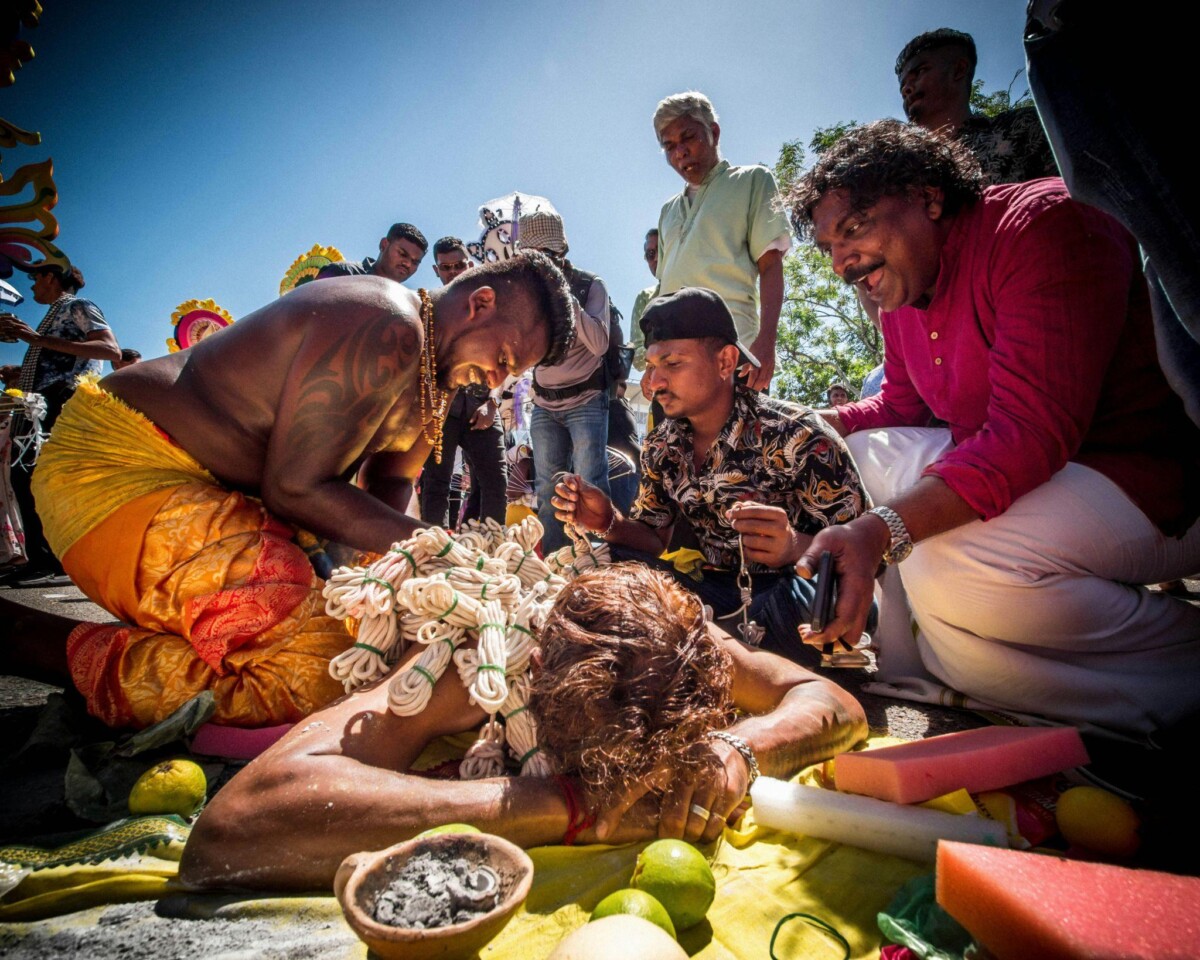
Devotees surround a woman during Thaipusam, offering support in the bearing of her kavadi.
4) Preparations begin weeks in advance
Like all Hindu observances, the ceremonies behind Thaipusam are less about the rituals themselves than they are about the ethos that drive them. Instead, therefore, of practicing kavadi cold turkey, many undergo a period of preparation, typically lasting 48 — yes, 48 — days.
While, to the unfamiliar, this might feel like an absurdly inordinate span of time, countless consider it the appropriate duration required to cultivate the consciousness optimal for the ceremony. Seen, ergo, as significant as the festival itself, they approach the preceding weeks with utmost focus, immersing themselves in acts of penance designed to cleanse body, mind, and spirit.
Generally this involves vows rooted in various forms of fasting, prayer, and physical austerities, which some take to extraordinary levels, culminating in kavadis made with spikes or hooks that actually pierce the body. Of course, such severities aren’t for everyone, and are by no means necessary to participate. Many, in fact, take less time to prepare for the festival, while others choose not to prepare at all.
As everyone has a unique path to tread, everyone engages with Thaipusam differently. Because of this, celebrations are an eclectic occasion, comprising a diverse blend of devotion expressed by those who contribute to it.
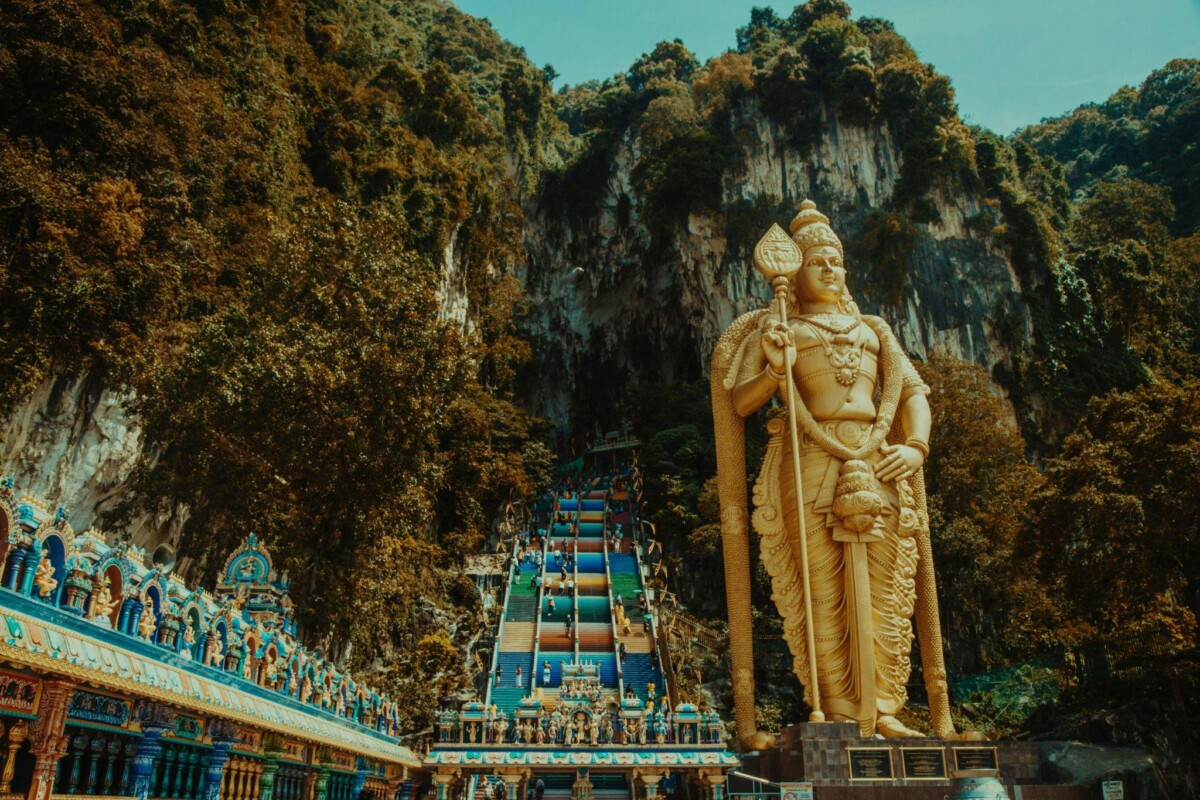
Towering at 140 feet, the golden statue of Murugan stands near the entrance of the Batu Caves, humbling the hearts of those who trekked to see him.
5) Malaysia hosts the festival’s largest celebration
Despite Thaipusam’s origins, Tamil Nadu, believe it or not, isn’t where the largest celebration takes place. None of India’s states are, in fact.
That honor belongs to Malaysia.
Yes, the country is roughly 1,500 miles away, across the Bay of Bengal with a Muslim population of more than 60%. But still, a Tamil diaspora of roughly 2 million reside there, keeping the festival alive in all its glory. And because most of them are descendants of indentured servants, who were brought there during colonial rule to work in plantations, the celebration is imbued with a resilient spirit of the oppressed.
Yet, this isn’t the only thing that makes it so special. The true jewel of the festival can be found on the outskirts of the country’s capital, deep in the heart of a great limestone cavern of the majestic Batu Caves. While starting as a modest place of pilgrimage in the late 19th century when local Hindu leader, K. Thambasamy, established a shrine to Murugan in the main chamber, the sanctum eventually evolved into a grand temple complex, drawing millions in every year.
Amplified as it is by the site’s popularity, Thaipusam in Malaysia, therefore, is an especially jubilant affair, marked by a uniquely vibrant melding of decor, dance, and music. Charged by the devotional atmosphere, devotees flock around around the icon of Murugan on a large silver chariot, and pull him in a grand procession, journeying roughly nine miles by foot.
And though, by the time they reach the base of the caves’ hill, the fatigue of the day’s trek wears on them, the 140-foot-tall statue of the divine warrior towering near the entrance is a humbling reminder of their purpose. So calling upon the power of their own fighting spirit, they make one final push up the 272 steps that lead to the shrine, where they finally give their long-held offerings, washed in a mood of gratitude and surrender.



